For Immediate Release: April 28, 2022
Media Contacts: Paul Walker, coordinator of the CWC Coalition, (617) 201-0565; Leanne Quinn, CWC Coalition Program Assistant, (202) 463-8270 x 106
(Washington, D.C.) - April 29 marks the 25th anniversary of the 1997 entry into force of the Chemical Weapons Convention (CWC), which outlaws the development, production, and use of deadly chemical weapons and requires the verifiable destruction of remaining stockpiles.
“The CWC has solidified the global taboo against chemical weapons and has evolved to become a sophisticated, resilient, and effective disarmament regime. The Organization for the Prohibition of Chemical Weapons (OPCW), which was awarded the Nobel Prize for Peace in 2013, has been tremendously successful in overseeing the demilitarization of vast chemical weapons stockpiles,” said Daryl G. Kimball, executive director of the Arms Control Association.
The CWC enjoys almost universal global support with 193 States Parties. To date, 99% of the world’s declared chemical weapons stockpiles have been safely and irreversibly destroyed, and there have been thousands of on-site inspections of chemical weapons facilities and chemical industrial facilities to ensure treaty compliance.
“But the work of eliminating prohibited chemical weapons stockpiles is not yet complete and the global taboo against chemical weapons possession, production, and use cannot be taken for granted.” Kimball cautioned.
The use, and threat of use, of chemical weapons has not completely abated. Chemical weapons were used in Syria and Iraq numerous times in the last decade, questions about Syria’s undeclared chemical weapons capacity linger, and nerve agents have been used in assassination attempts in Malaysia, Russia, and the United Kingdom; and there are serious concerns about the potential use of chemical weapons by Russia in Ukraine.
“In the coming months and years, all states that support the CWC have a responsibility to actively uphold and enforce the norms established by the treaty,” Kimball said.
On April 13, more than 35 chemical weapons experts signed on to a joint statement organized by the CWC Coalition, a special project of the Arms Control Association, expressing concern about the threat of use of chemical weapons in Ukraine.
“We call upon Russia, in the strongest possible terms, to respect its solemn obligations under the Geneva Protocol and the CWC not to contemplate, let alone use or threaten to use, these globally banned weapons of mass terror,” the statement said.
The CWC regime faces other challenges, as well. Egypt, Israel, North Korea, and South Sudan remain outside of the treaty, and only 62% of states parties have enacted domestic laws to fully implement treaty provisions. Chemicals and technologies that can be used to create these weapons are often dual use, and chemical security must be a continued priority to prevent chemical terrorism.
“Ensuring continued prohibition of these weapons, and verified treaty compliance among all states-parties, should be a core international security interest of all nations. Achievements must be safeguarded, and violators must be investigated and held to account,” said Leanne Quinn, program assistant for the CWC Coalition.
Out of the 193 states-parties to the CWC, eight had or still have declared chemical weapons stockpiles. Of those eight countries, Albania, India, Iraq, Libya, Russia, South Korea, and Syria have completed destruction of their declared arsenals.
“The United States is scheduled to complete chemical weapons stockpile elimination efforts in September 2023. Technical challenges at the two remaining chemical weapons destruction sites remain formidable and meeting that goal is not assured. We call on the United States to make every effort possible to safely finish destroying the last vestiges of its chemical weapons stockpile by the treaty-mandated deadline,” said Paul Walker, vice-chair of the Arms Control Association and coordinator of the CWC Coalition.
The fifth review conference of the CWC will take place next year and member states must dedicate themselves to the ongoing task of ensuring treaty obligations are fully implemented and that the CWC and the OPCW can adapt to meet new challenges.
“To help the OPCW in that mission, governments and nongovernmental actors have a responsibility to ensure the chemical weapons prohibition regime has the necessary political and public support, and technical and financial resources to verify compliance – and hold accountable those who may violate the chemical weapons taboo,” stated Walker.
Additional resources:





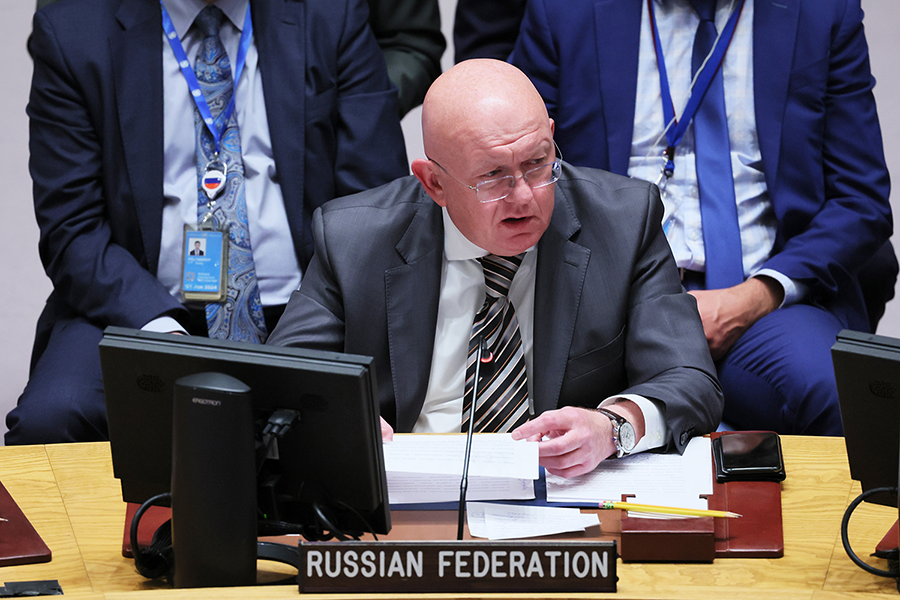 During eight closed-door meetings held Sept. 5–9, 89 BWC states-parties and one BWC signatory state heard presentations from the three countries involved in the dispute. Russia has a history of mischaracterizing U.S. biological research cooperation with Ukraine and other partners, but the consultative meeting marked the first time Russia used a provision of the treaty to press the United States for answers to its allegations.
During eight closed-door meetings held Sept. 5–9, 89 BWC states-parties and one BWC signatory state heard presentations from the three countries involved in the dispute. Russia has a history of mischaracterizing U.S. biological research cooperation with Ukraine and other partners, but the consultative meeting marked the first time Russia used a provision of the treaty to press the United States for answers to its allegations.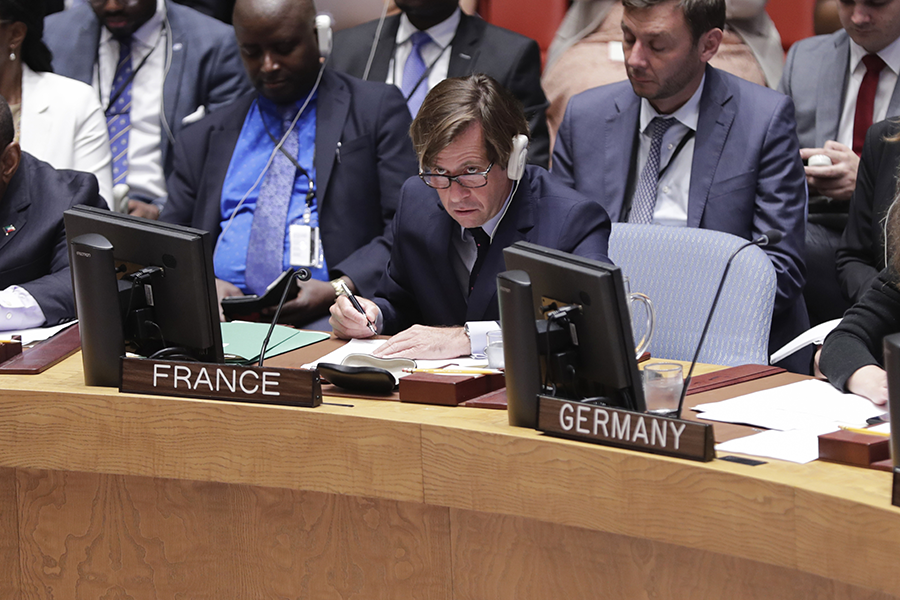 On June 29, Russia formally requested the meeting to discuss its allegation that the United States is funding a network of biological weapons laboratories in Ukraine. The claims, which Russia brought before the UN Security Council on March 11, March 18, and May 13, have been refuted repeatedly by Ukraine, the United Nations, and the United States.
On June 29, Russia formally requested the meeting to discuss its allegation that the United States is funding a network of biological weapons laboratories in Ukraine. The claims, which Russia brought before the UN Security Council on March 11, March 18, and May 13, have been refuted repeatedly by Ukraine, the United Nations, and the United States.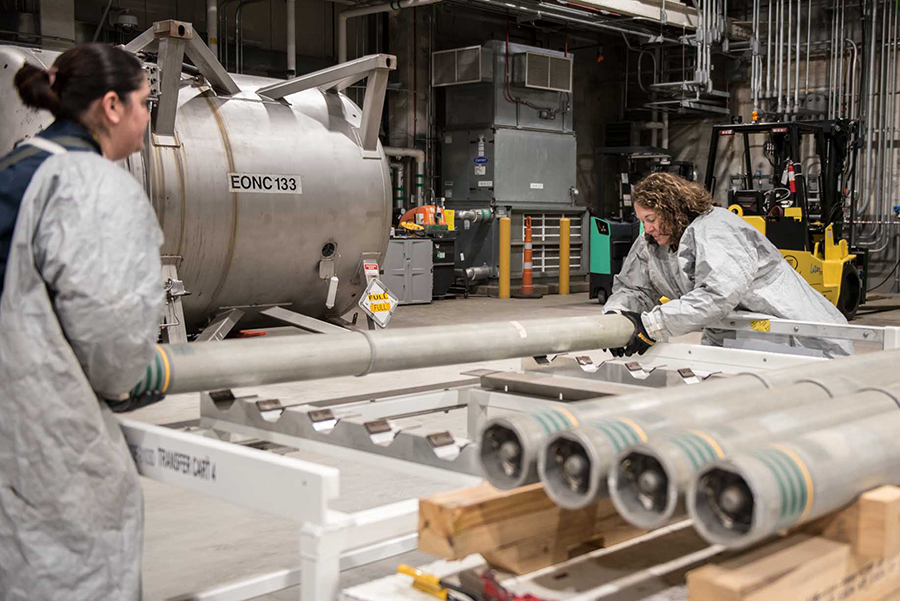 Under the Chemical Weapons Convention (CWC), the United States is obligated to destroy its chemical weapons by September 2023. That goal was advanced when the Defense Department’s Assembled Chemical Weapons Alternatives program destroyed the last M55 rocket containing the nerve agent VX at the Blue Grass Chemical Agent-Destruction Pilot Plant in Richmond, Ky. on April 19. The program’s proposed plan to accelerate destruction operations at the Colorado facility seeks to counteract slow munitions processing rates that could make it difficult to meet the CWC deadline for destroying all U.S. chemical weapons.
Under the Chemical Weapons Convention (CWC), the United States is obligated to destroy its chemical weapons by September 2023. That goal was advanced when the Defense Department’s Assembled Chemical Weapons Alternatives program destroyed the last M55 rocket containing the nerve agent VX at the Blue Grass Chemical Agent-Destruction Pilot Plant in Richmond, Ky. on April 19. The program’s proposed plan to accelerate destruction operations at the Colorado facility seeks to counteract slow munitions processing rates that could make it difficult to meet the CWC deadline for destroying all U.S. chemical weapons.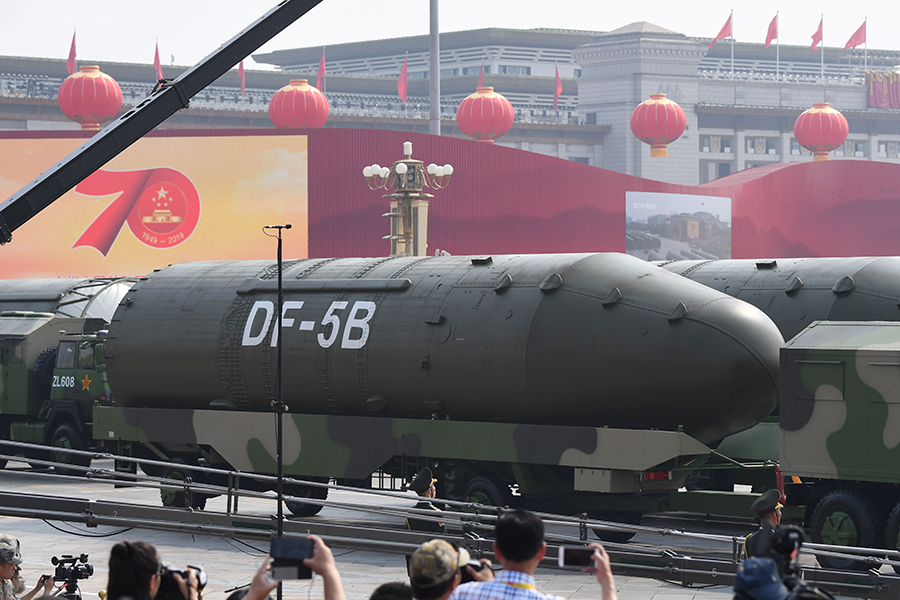 The report, covering activities in 2021, reaffirmed U.S. concerns about activities at nuclear test sites in China and Russia and determined that North Korea and Syria have failed to comply with their obligations under the nuclear Nonproliferation Treaty (NPT).
The report, covering activities in 2021, reaffirmed U.S. concerns about activities at nuclear test sites in China and Russia and determined that North Korea and Syria have failed to comply with their obligations under the nuclear Nonproliferation Treaty (NPT).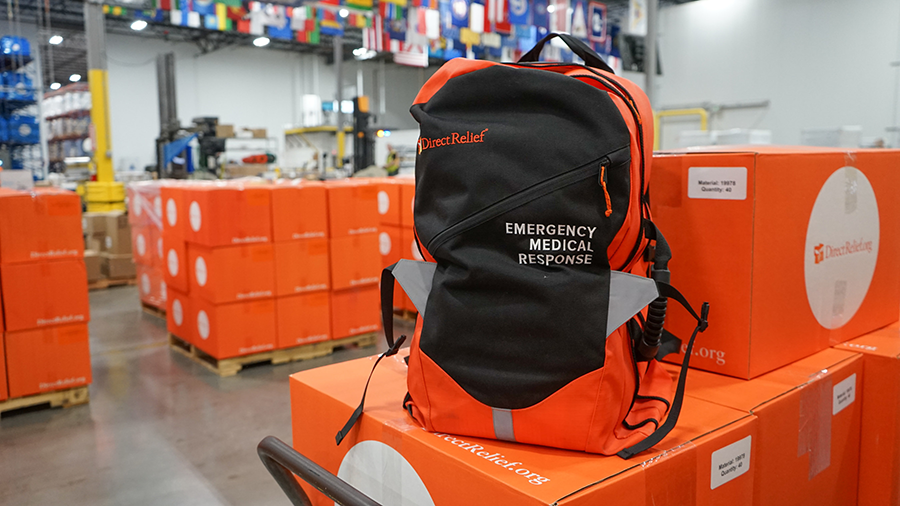 Since Russia invaded Ukraine in February, Western officials have repeatedly voiced concerns about the potential for a chemical incident or attack in Ukraine. (See
Since Russia invaded Ukraine in February, Western officials have repeatedly voiced concerns about the potential for a chemical incident or attack in Ukraine. (See